Endovascular Neurointervention Establishing Clinical Speciality
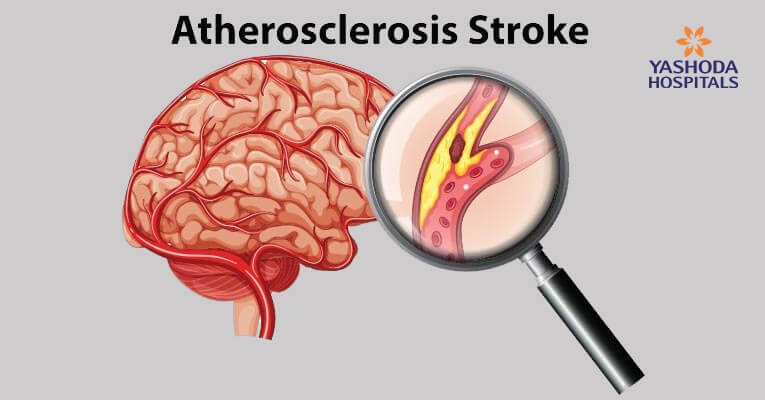
Introduction
Neurovascular intervention deals with image guided minimally invasive treatments for diseases of blood vessels of the brain and spine. Advances in catheter technology and embolic device technology in the last two decades combined with improved understanding of the natural history, pathology of the various neurovascular conditions have lead the specialty into evidence based clinical modality.
Clinical Applications and Indications
The speciality of neurointervention has got it its role in both medical neurology and surgical neurology. The neuroendovascular procedures can be broadly classified as closing up and opening up procedures. The closing up procedures which have applications mainly in the neurosurgical conditions like aneurysms and AVMs, deal with selectively occluding the pathology and preserving the normal anatomy. The openings up procedures which are akin to coronary interventions have got applications mainly in medical neurology especially in ischemic stroke. The major clinical applications are discussed below.
Acute Ischemic stroke
Stroke is one of the leading causes of death and disability in India. The estimated adjusted prevalence rate of stroke range, 84-262/100,000 in rural India and 334-424/100,000 in urban India. About 87% of all strokes are ischemic strokes, when blood flow to the brain is blocked. Nearly 25% of these strokes are recurrent. Intravenous recombinant t-PA administration is the only FDA approved revascularization method in acute ischemic stroke. Various endovascular methods have been tried previously those include- intraarterial thrombolysis, mechanical wire disruption, thrombectomy by MERCI device. All of these revascularization methods did not have any positive evidence in randomised trials.
Ineffective recanalizations, insignificant functional outcomes, reperfusion haemorrhages, intraprocedural device induced complications, thrombolytic associated cerebral hemorrhages were the main factors for lack of impetus in active stroke interventions that has led to scepticism associated with the modality among neurologists in stroke treatment. However, the innovative use of of clot retrieval stents also called as stent retrievers (Eg- Solitaire device, Revive device) in ischemic stroke has been the major breakthrough in endovascular intervention for stroke. With the advent of stentrievers, there is a paradigm shift in endovascular intervention from thrombolysis to mechanical thrombectomy.
Various randomised clinical trials which have been published in early 2015 in NEJM (MR- CLEAN, ESCAPE, EXTEND-1A, SWIFT PRIME, REVASCAT) has given these stentrievers edge over the conventional medical management in selected cases. With the available advanced imaging techniques, cath lab technology and advanced stentrievers, endovascular intervention has established its role in clinical management of acute ischemic stroke.
Intracranial Aneurysms
The incidence of cerebral aneurysms in general population is between 2-4 per 1000. Rupture of the aneurysms presents as subarachnoid haemorrhage which manifests as thunderclap headache. Aneurysms if large enough can also present with mass effect in the form of cranial nerve palsies, focal neurological deficits and headache. Aneurysms , sometimes are incidentally detected on imaging studies like CT angiography or MR angiography. Aneurysmal clipping by microsurgery has been the uniform traditional treatment before the advent of detachable GDC coils. The detachable coil technology, invented by Guglielmi- a French interventionist, makes selective occlusion of the aneurysm feasible by precise placement of the coils into the aneurysm, while preserving the normal parent artery.
Aneurysm endovascular treatment is further advanced by invention of hyper compliant ballons and stents, which are helpful in the treatment of complex wide necked aneurysm. Flow diversion stents occlude the aneurysm by flow remodelling away from the aneurysm rather than by endoluminal methods
Intracranial arteriovenous malformation and fistulae
Intracranial AV malformations and AV fistulae are high flow vascular lesions in the brain. They can present with hemorrhage, headache, seizures, focal neurological deficit. Endovascular embolisation by Onyx is being used for either complete occlusion or size reduction of the AVM before microsurgery or radio surgery. Dural AV fistulaes are a specific condition seen as a sequelae to chronic dural venous sinus occlusion. Again, endovascular onyx embolisation is the treatment of choice in most of the dural AVFs. Carotico- cavernous fistulae is a specific type of AV fistulae seen around the cavernous sinus, mostly post traumatic. Patients with carotico cavernous fistula present with pulasatile proptosis, congestion of the eye and tinnitus. Endovascular balloon/coil occlusion is the treatment of choice in carotico cavernous fistulae.
Neurointerventional Treatments at Yashoda – The team approach
With the team approach, comprising the Neurosurgeons, Neurologists, Interventionist and Intensivist, an efficient evaluation, pretreatment and post treatment protocols have been established in the management of subarachnoid haemorrhage, acute ischemic stroke, hemorrhagic stroke, chronic ischemic cerebrovascular disease. With this disease specific management paradigms focusing not only on procedural outcomes but also on post procedural neurocritical care management and rehabilitation, we are able to obtain optimum results even in the most dreaded neuro vascular diseases like subarachnoid haemorrhage due to ruptured aneurysms. So far, we have done a total of about 200 neuro vascular procedures which includes about 80 cases of advanced neurointerventions,including flow diverter placement for intracranial aneurysms, stent assisted coiling, stentrieval for large vessel occlusions, onyx embolisation for intracranial pail AVMs and dural AVFs. With the comphrensive team approach, we are able to achieve clinical outcomes in various disease categories on par with those described in the literature and state of the art centres across the world.




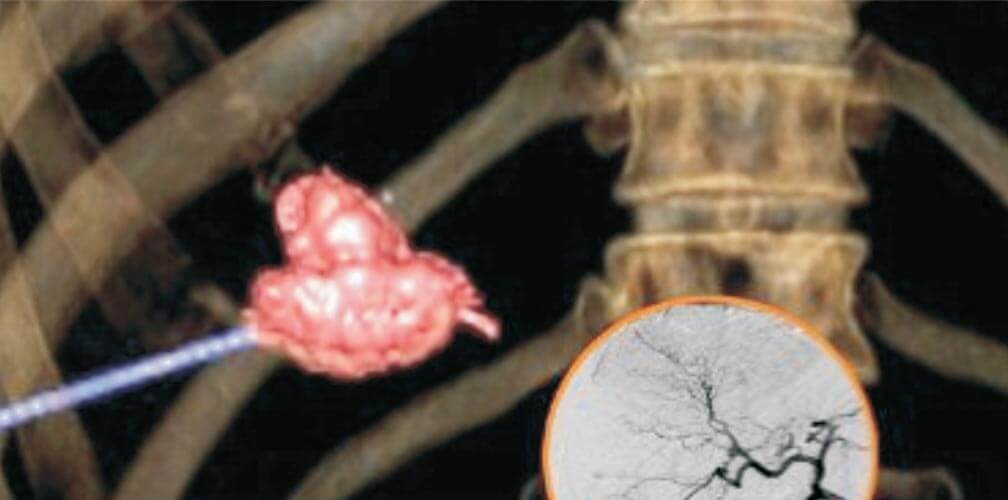
About Author –
Dr. Suresh Giragani, Consultant Interventional Radiologist, Yashoda Hospitals – Hyderabad
MBBS, MD, DM




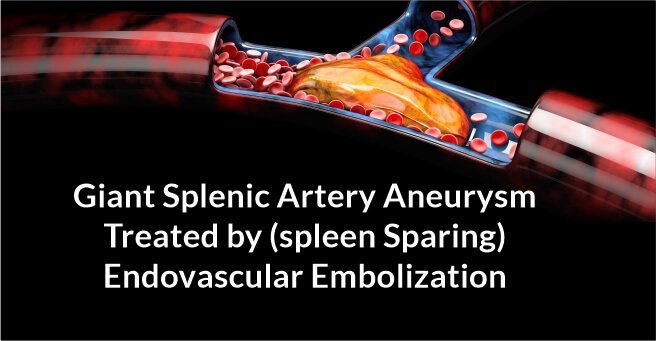
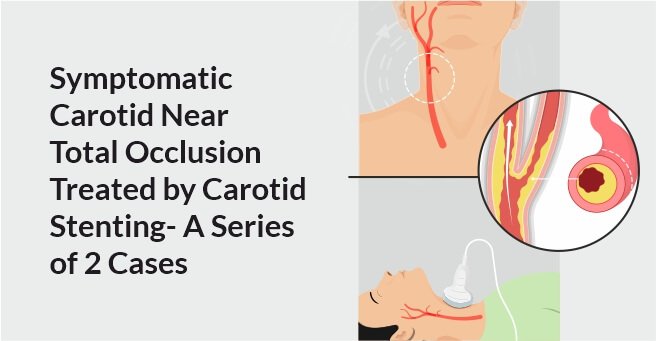
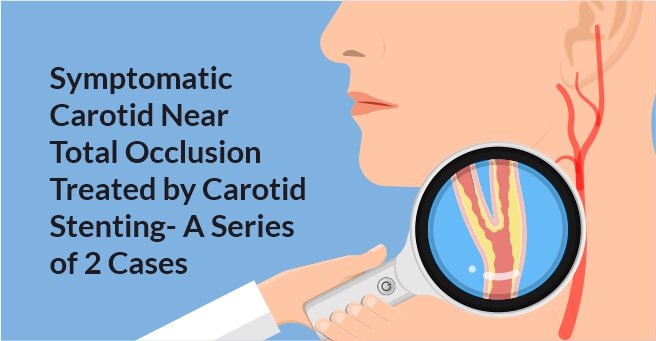
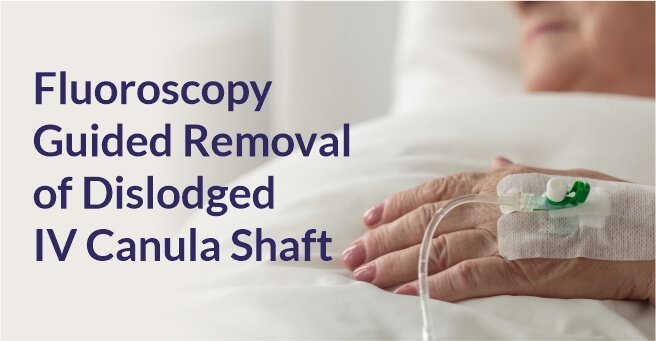
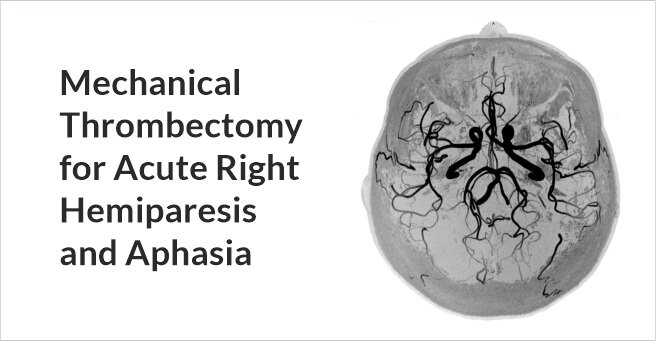



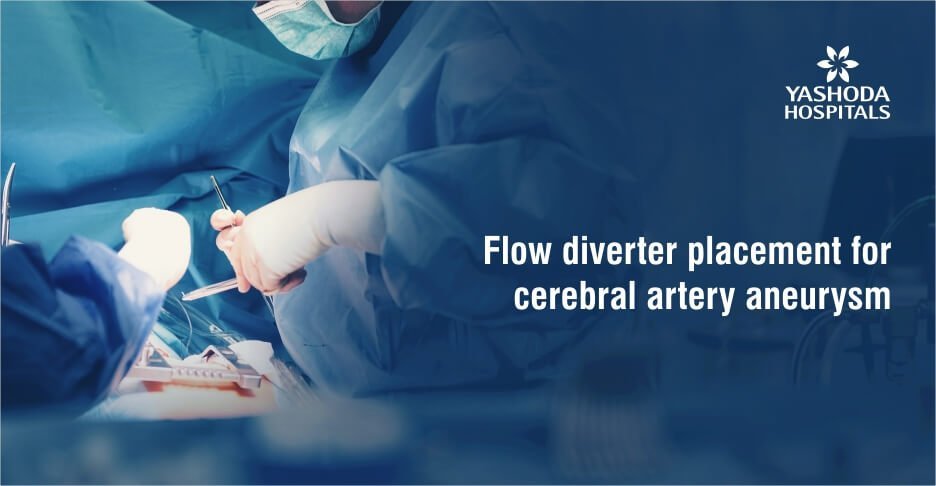
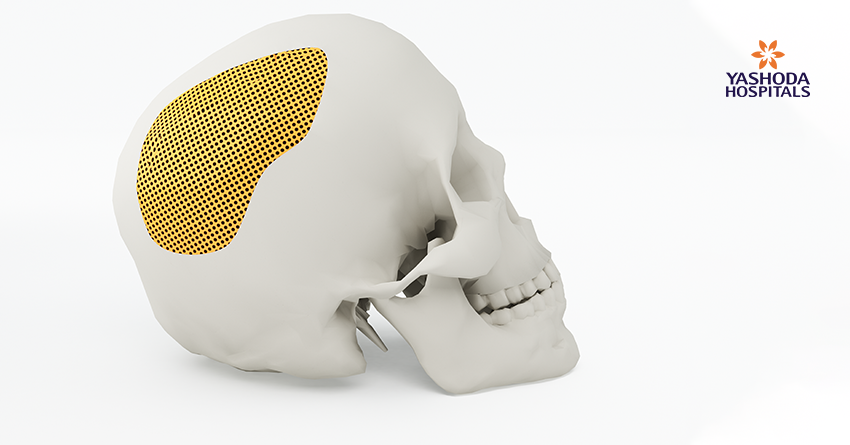

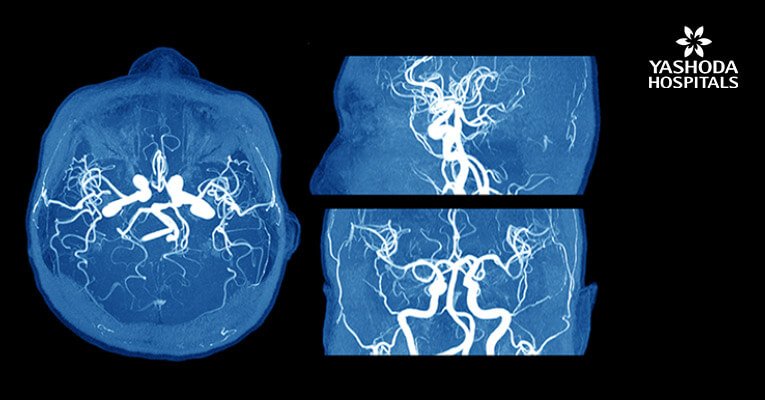


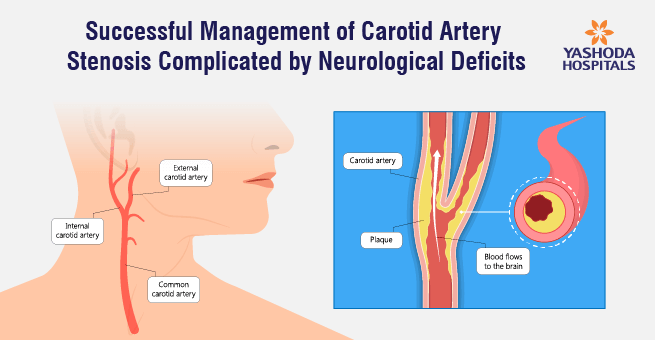
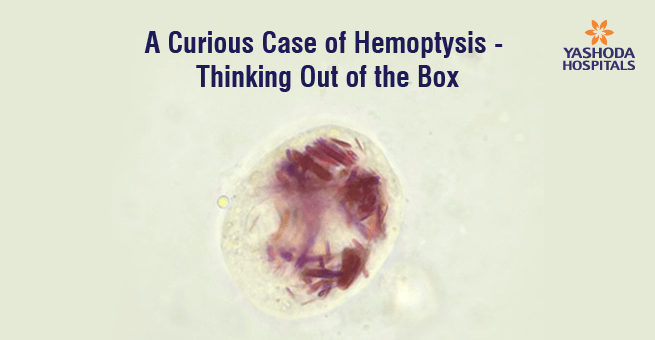
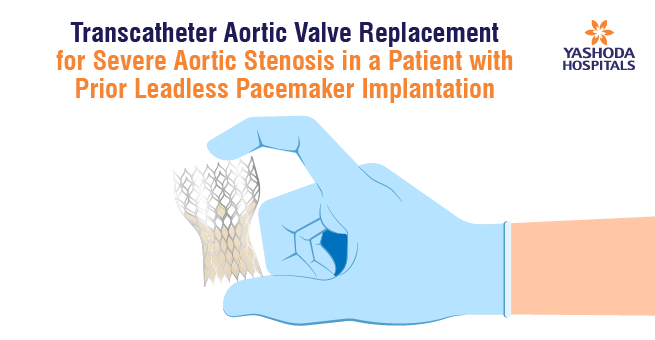
 Appointment
Appointment WhatsApp
WhatsApp Call
Call More
More